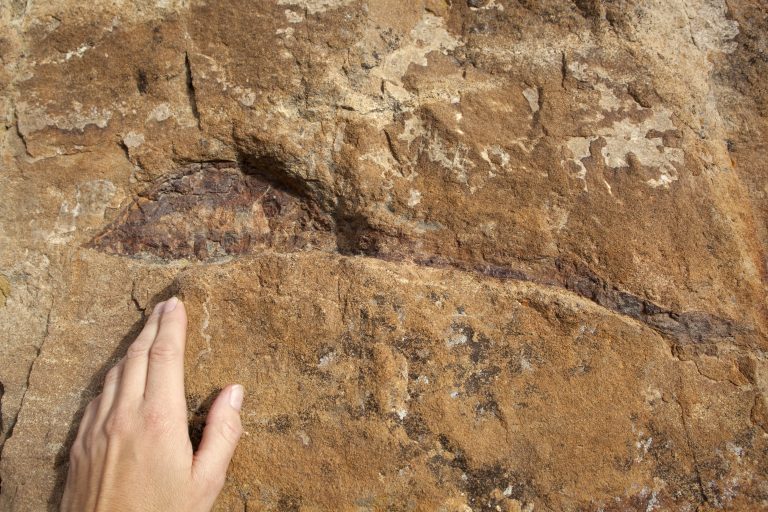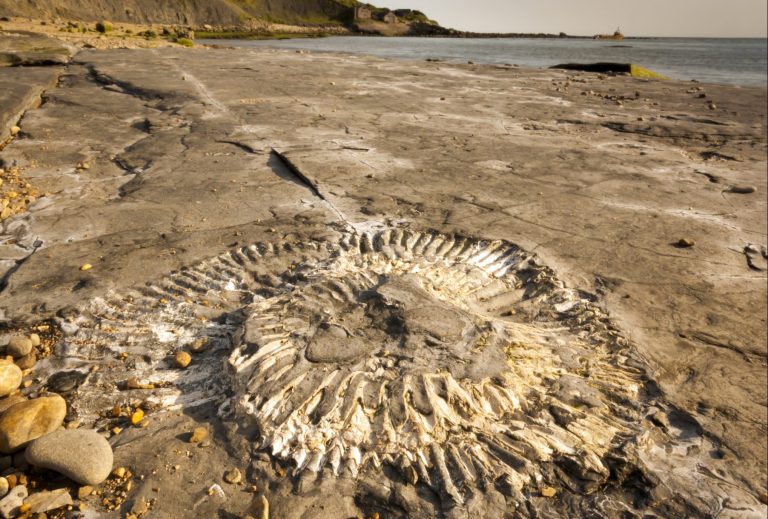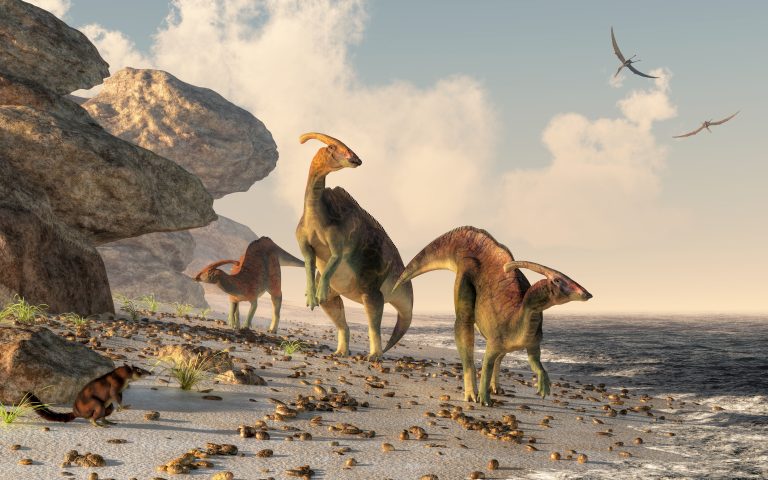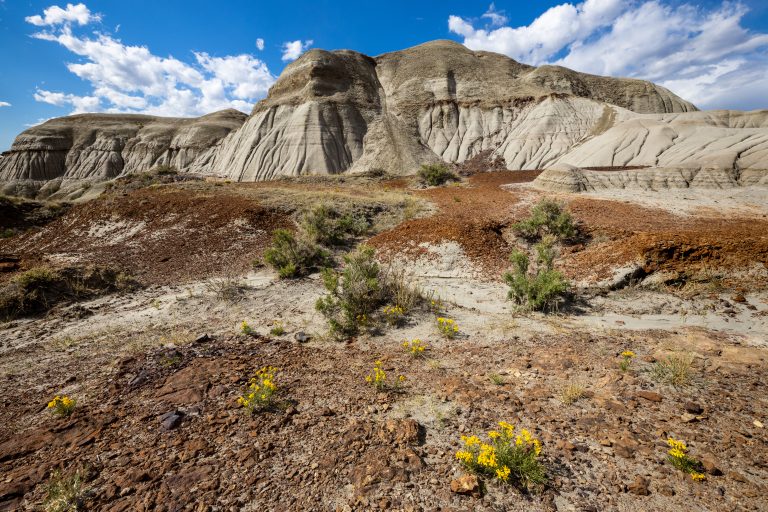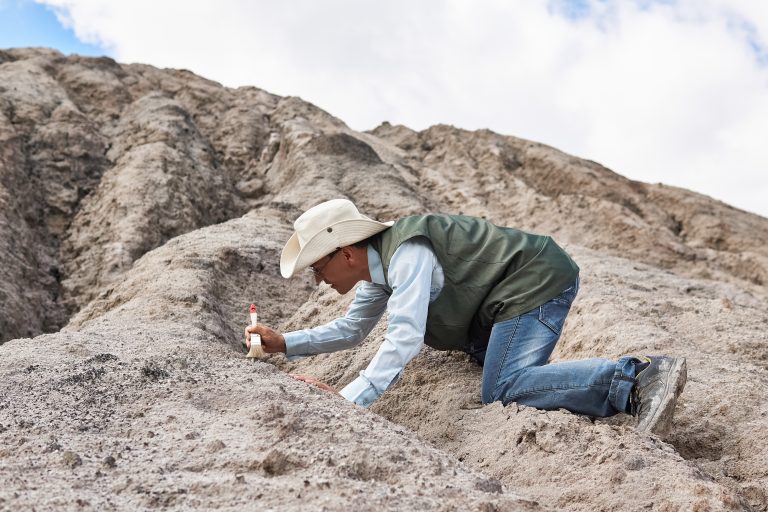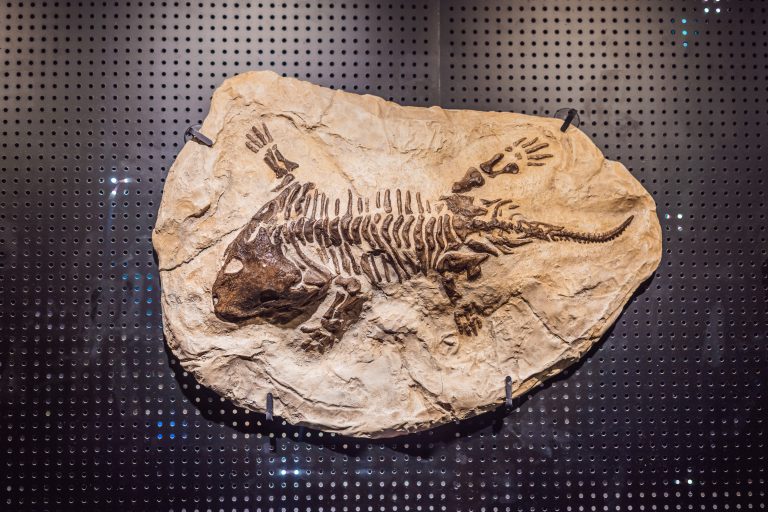9 Essential Tips for Fossil Care & Preservation
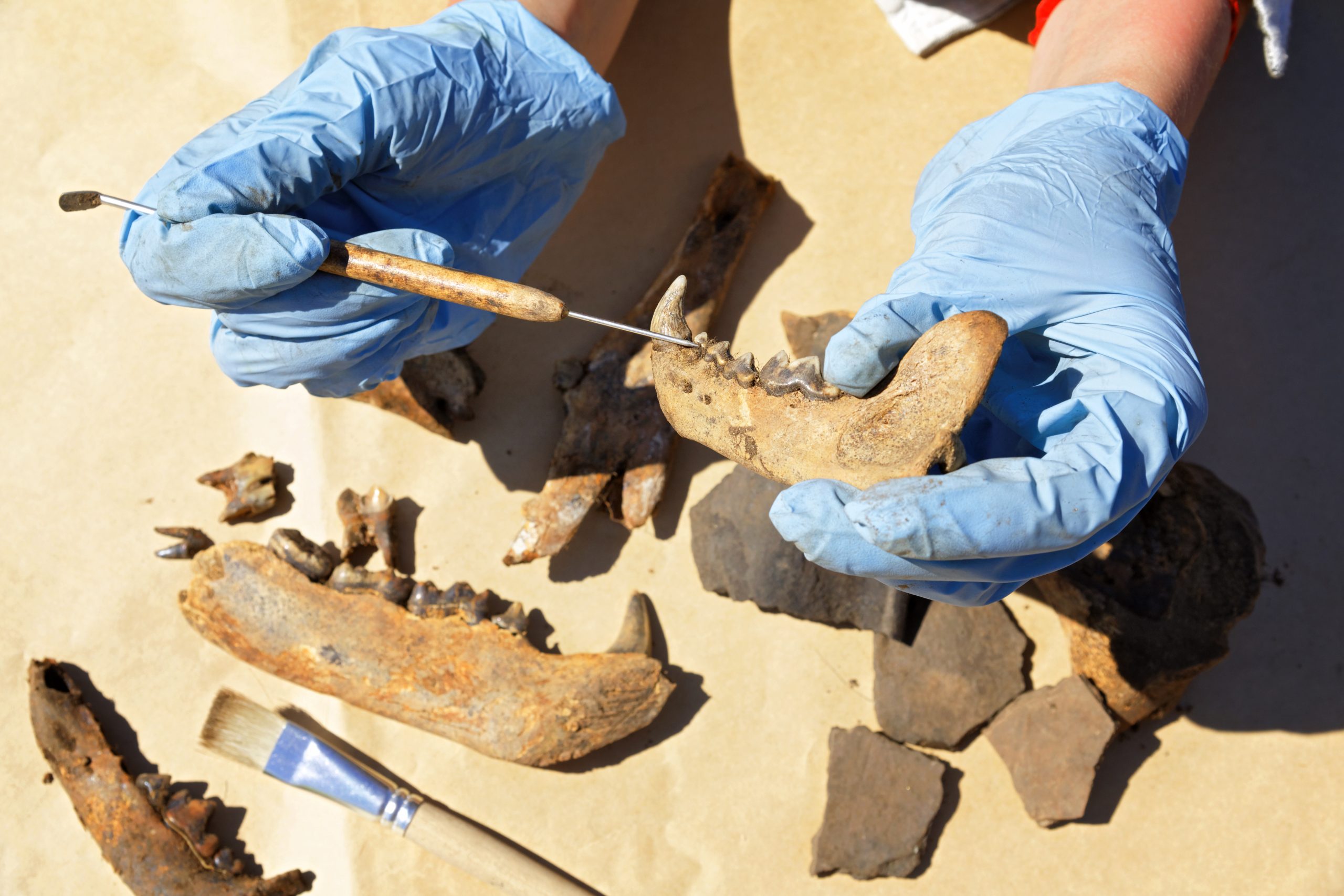
Embarking on a journey through time, fossil enthusiasts like us have the unique privilege of holding history in our hands. But with great fossils comes great responsibility – here’s how to ensure these precious time capsules are preserved for generations to come.
Fossils, windows to Earth’s distant past, preserve life forms in various delicate forms, from petrified bones to subtle impressions. Recognizing their diversity is crucial – some are robust, others as fragile as pastry. My first trilobite find taught me their uniqueness and the need for tailored care. Treat each fossil as a precious, one-of-a-kind piece of Earth’s history.
1. Ideal Storage Conditions
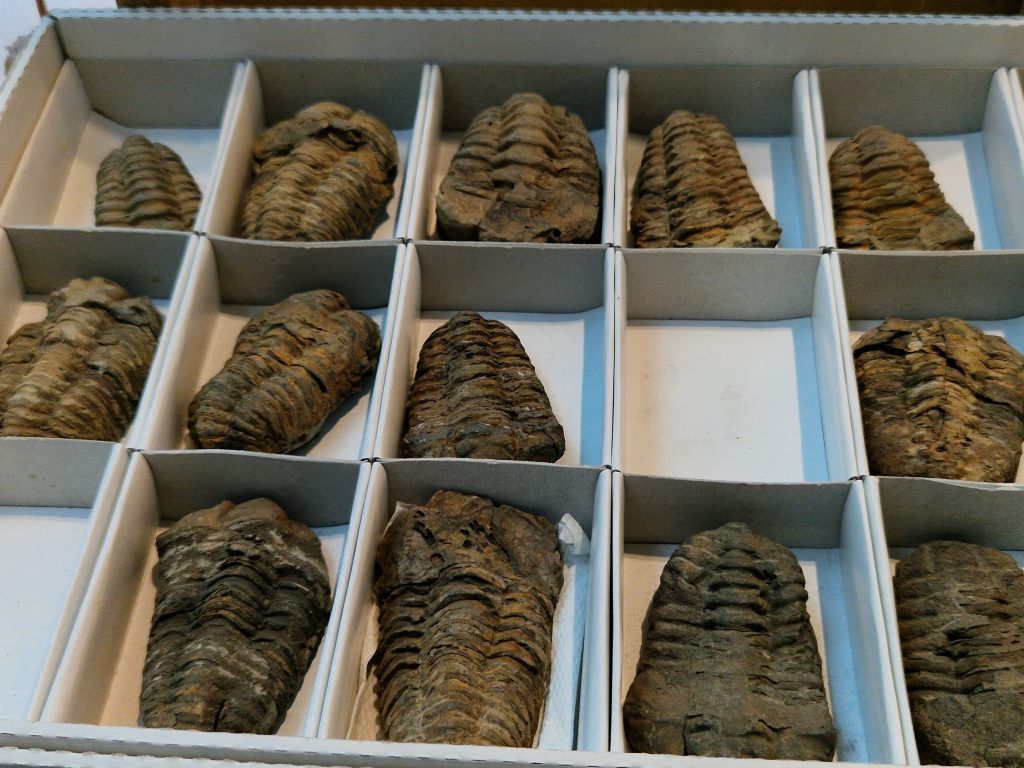
Storing fossils isn’t like tucking away your winter clothes for the summer. These geological gems require stable conditions. Think cool, dry, and away from direct sunlight, which can fade and crack your ancient treasures. Fluctuations in temperature and humidity are the archenemies of preservation.
I’ve seen impressive ammonite specimens reduced to layers of dust because they were stored in a damp garage. Use acid-free materials and, if possible, climate-controlled cabinets that would make any museum curator green with envy.
Hey hey! Don’t forget to subscribe to get our best content 🙂
2. Handling Fossils Safely
Handle fossils with the reverence they deserve. Imagine they’re as fragile as a bubble, ready to pop at the slightest touch. Always support them from beneath and avoid touching them with greasy or dirty hands, as oils and dirt can damage them over time.
I once witnessed a chunk of a Stegosaurus plate fall off because someone was a bit too cavalier. Gloves can be your best friend, especially when dealing with more porous specimens.
3. Cleaning and Dusting Tips
Cleaning your fossils can be therapeutic, but it’s also a minefield. Use soft brushes and gentle puffs of air to remove loose dirt. For more stubborn grime, a little distilled water and patience can go a long way.
Avoid harsh chemicals or abrasives – they’re the quickest route to heartbreak. I recall spending hours with a tiny paintbrush coaxing dirt from a fossil fern – slow and steady won the race.
4. Monitoring for Deterioration
Keep a watchful eye on your fossils, as deterioration can sneak up like a thief in the night. Check for signs of flaking, cracking, or any changes in texture or color. If you spot trouble, it’s time to reassess your storage or display methods.
I’ve had to intervene on a few occasions, moving fossils to safer conditions to halt their decline. It’s a bit like detective work, but the preservation of history is at stake.
5. Displaying Fossils Properly
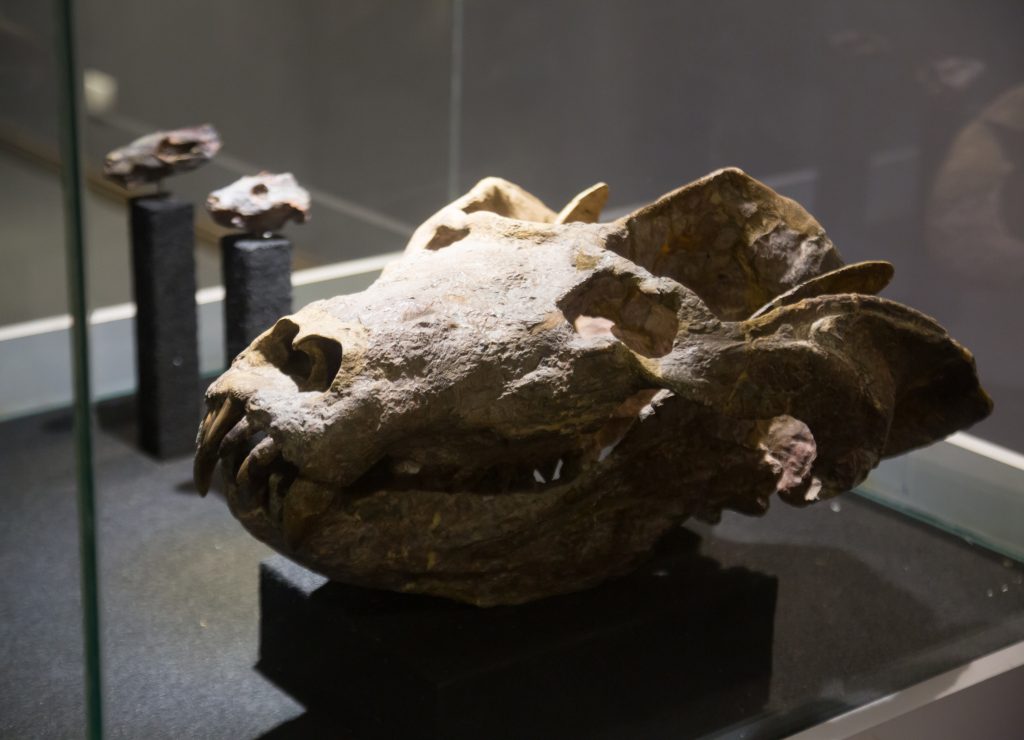
Displaying fossils is an art form. They should be showcased in a way that minimizes stress on the specimen. Use mounts or stands that distribute weight evenly and avoid hanging heavy fossils on walls unless they’re secured professionally.
I’ve seen a hefty trilobite come crashing down from a wall – thankfully, no one was underneath, but it was a fossil tragedy nonetheless.
6. Controlling Environmental Factors
Environmental control is the guardian angel of fossil preservation. Keep your fossils out of direct sunlight, away from radiators, and in areas with stable humidity. Consider a dehumidifier or silica gel packets for those extra damp areas. I once kept a beautiful fern imprint near a window, and it faded faster than my tan in winter – lesson painfully learned.
7. Fossil Repair and Restoration
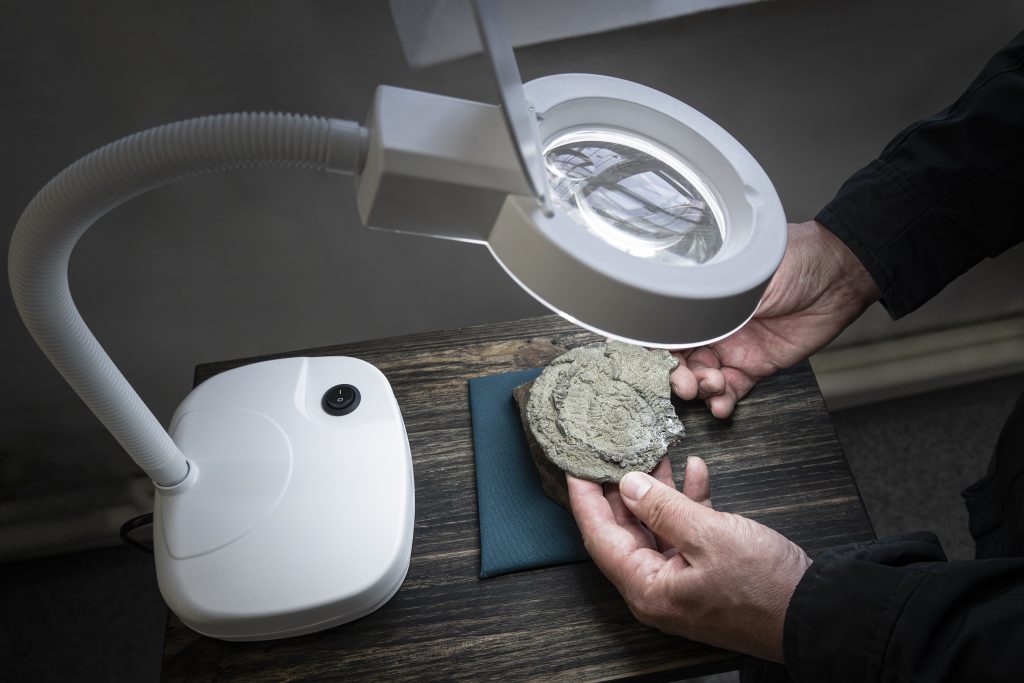
Sometimes, despite our best efforts, fossils need a little TLC. If you’re not experienced in fossil repair, it’s best to leave it to the pros. Glues and consolidants used in the restoration are not your average school supplies.
I’ve heard tales of well-intentioned repairs with superglue that ended in disaster. If you wouldn’t perform surgery on your pet goldfish, don’t attempt complex fossil restoration.
8. Documenting Your Fossil Collection
Documenting your collection is as essential as the preservation itself. Take high-quality photos and keep detailed records of each specimen’s history and condition. This can be invaluable for insurance purposes, scientific research, or just reminiscing about your adventures. I’ve got a logbook that reads like a novel, filled with the stories of each fossil’s discovery.
9. Seeking Professional Advice
When in doubt, seek out the wisdom of professionals. Museums, universities, and professional paleontologists can offer guidance that’s worth its weight in gold (or fossils). They can provide tailored advice for your specific specimens and situations.
I’ve made friends with curators who’ve saved me from many fossil faux pas. Remember, it’s okay to ask for help – it’s how we learn and ensure our prehistoric pals survive for future generations.
Fossil care is a blend of science, art, and a dash of intuition. By following these tips, you’re not just preserving fossils; you’re safeguarding the story of our Earth. So go on, give those ancient treasures the love they deserve, and keep the legacy alive.

